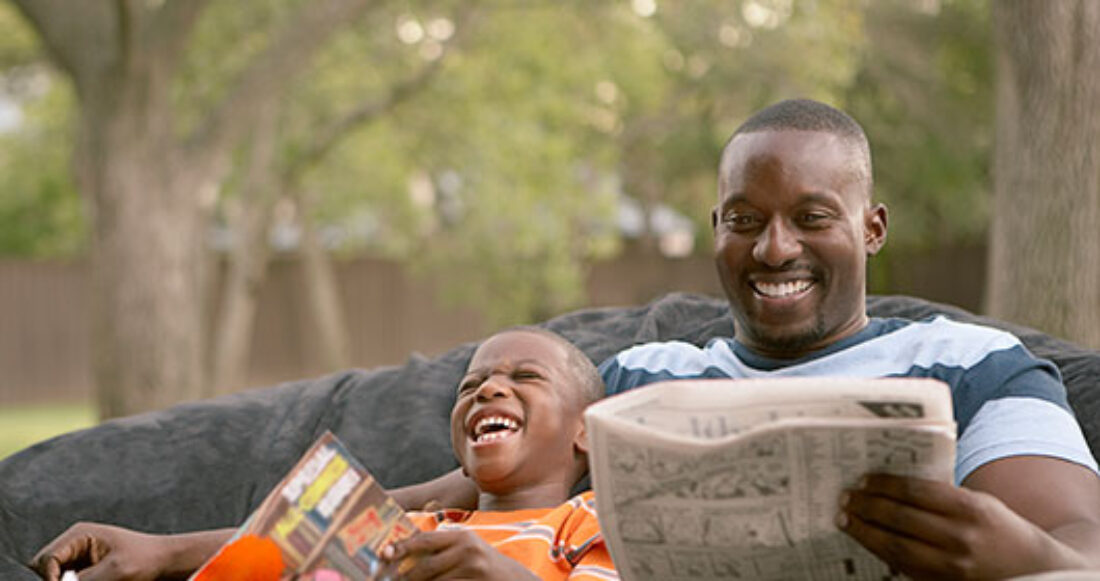Foster Care Can Spark Modest Improvements in Child Well-Being, New Research Shows

For decades, communities have intervened to help children who have been abused and neglected, even without clear data to know which interventions, if any, have worked. According to new research from Kids Insight, a nonprofit grantee of the Casey Foundation, the well-being of many children in foster care improves while in custody. However, a minority of kids still struggle and agencies need to find innovative approaches to effectively meet their needs.
Kids Insight used the Treatment Outcome Package (TOP) questionnaire, an assessment tool on child well-being, in Colorado, Ohio, North Carolina and Delaware to measure how kids, on average, were doing when they entered care compared to how they were faring at defined points after spending time in care.
“The insights provided by TOP are pretty amazing,” says Tracey Feild, director of Casey’s Child Welfare Strategy Group. “While improvements are small, they exist and in many cases are statistically significant.”
Casey is working with Kids Insight to adapt TOP to child welfare after two decades of use in mental health settings in 30 states.
TOP scores for 655 children ages 3–13 showed statistically significant improvement for those who struggled with resilience and eating issues. Meanwhile, outcomes are trending in a positive direction for depression, separation anxiety, suicidality, lack of assertiveness and violence.
“Resilience is an important quality for kids,” says David R. Kraus, TOP developer and chief scientific officer of Kids Insight. “Kids who are not resilient may be challenging. They may struggle to get along, follow rules and share their lives with others. For teens in child welfare systems, the challenges are different. These kids have more behavior-based issues. They are more likely to act out.”
“Helping kids recover from feeling suicidal? It would be hard to overestimate the value of doing that,” says Kids Insight President Dara Menashi. “When you spend $6,000 to $20,000 per child on foster care, or $36,000 to $90,000 on group or therapeutic foster care, you want to know it is helping young people.”
In the communities where TOP is being used, “We are not only seeing what helps children’s well-being improve, we are seeing which kids really aren’t being helped — and that is valuable information to which we need to pay immediate attention,” Feild says.
“Kids under 12 who are in child welfare settings look pretty similar to kids in the general population with one striking difference: They lack resiliency,” Kraus says. “For teens in child welfare, the challenges are different. These kids have more behavior-based issues. They are more likely to act out.”
At the same time, according to their social workers, 75% of kids whose TOP scores were tallied — nearly 2,500 kids overall — had no or just one behavioral problem, with little variance among children living in different settings, foster homes versus residential settings, for example.
“Our data indicate that we need to look closely at the 48% of kids in residential centers who have no current serious behavior problems,” Menashi says.
Adds Feild, “One has to wonder why they are in these settings rather than in family foster care, which research shows is better for them developmentally.”
A key benefit of TOP’s well-being data is the ability to identify fixable problems, such as reducing placement disruptions. Teens with higher levels of acting out experience frequent moves, TOP data show. “That should challenge all of us to figure out how to stop that cycle,” Feild says. “Children and teens with depression is another group we need to pay more attention to. TOP indicates that many of them improve while in care. But 16% to 18% deteriorate. That’s a red flag. We must act.”





